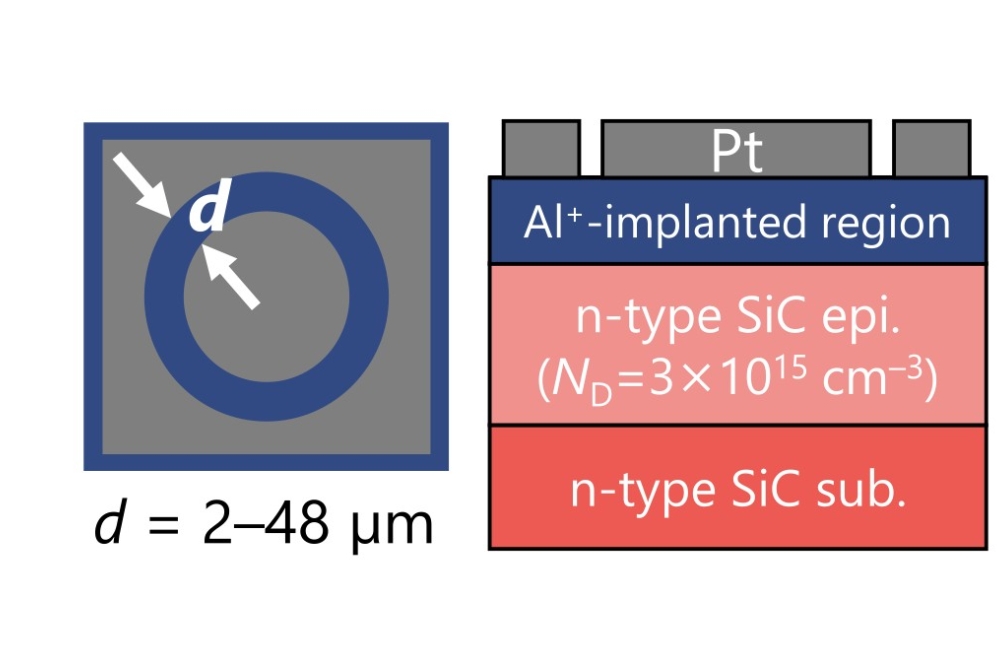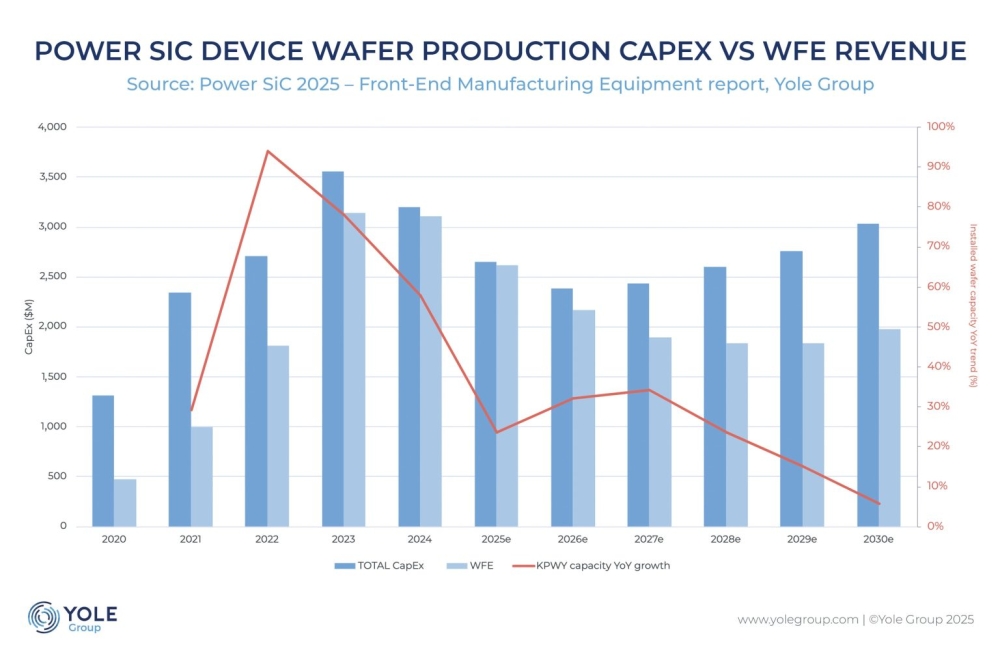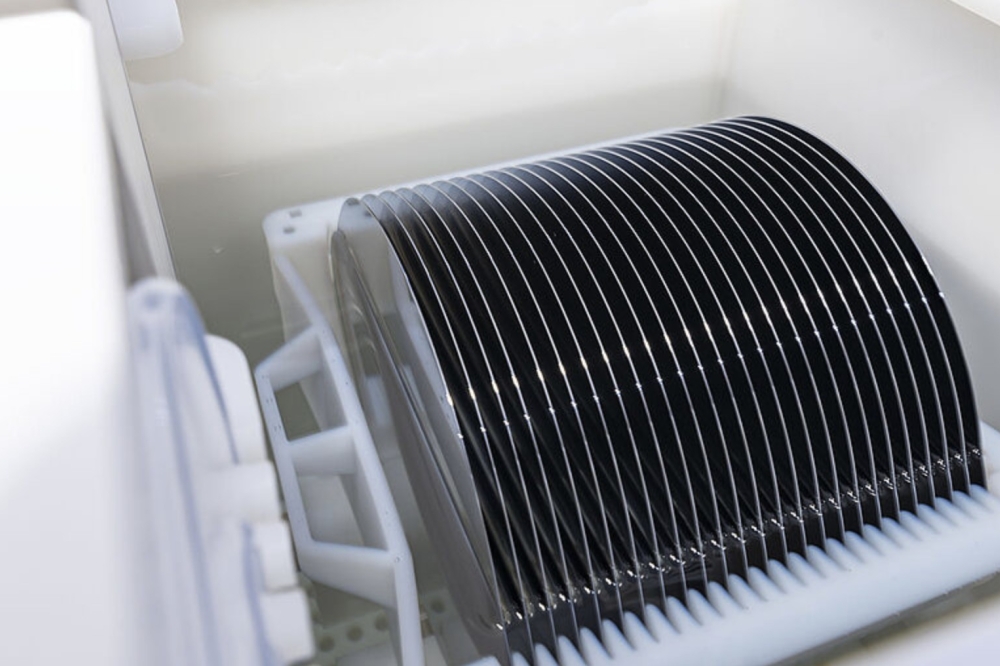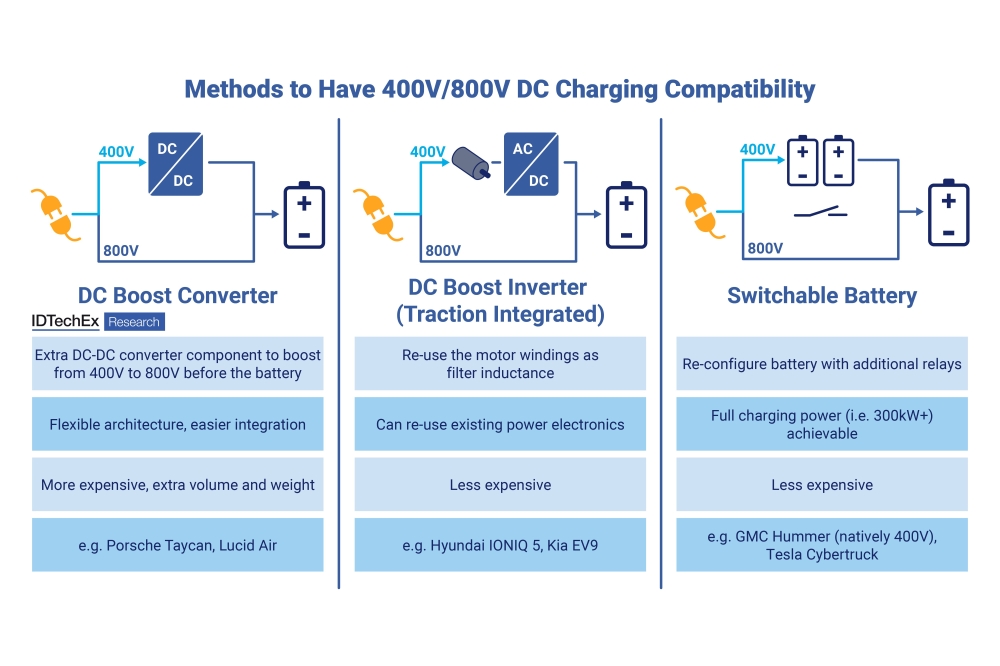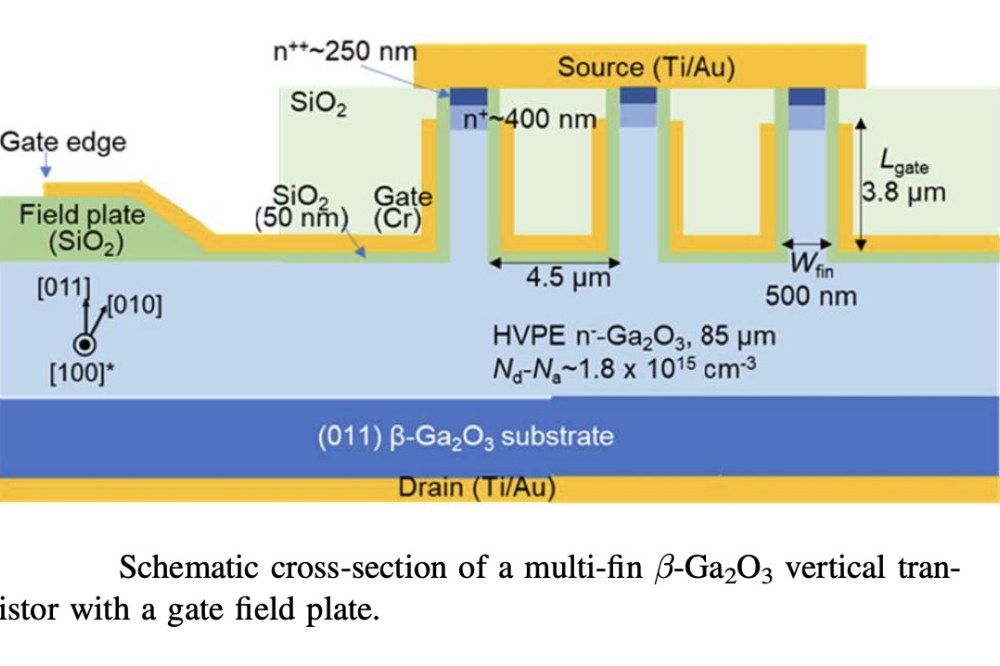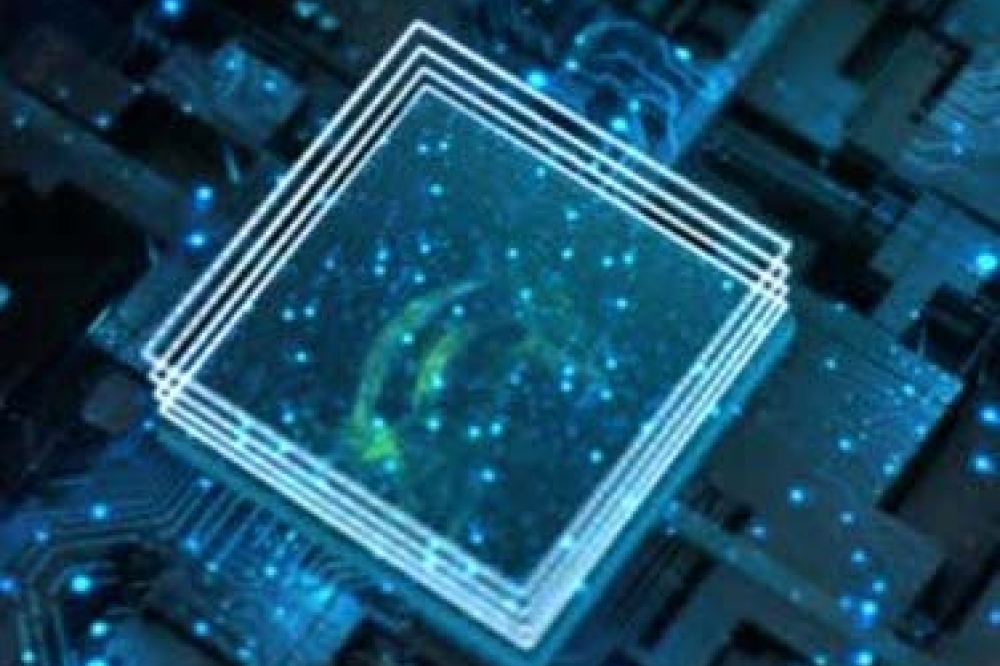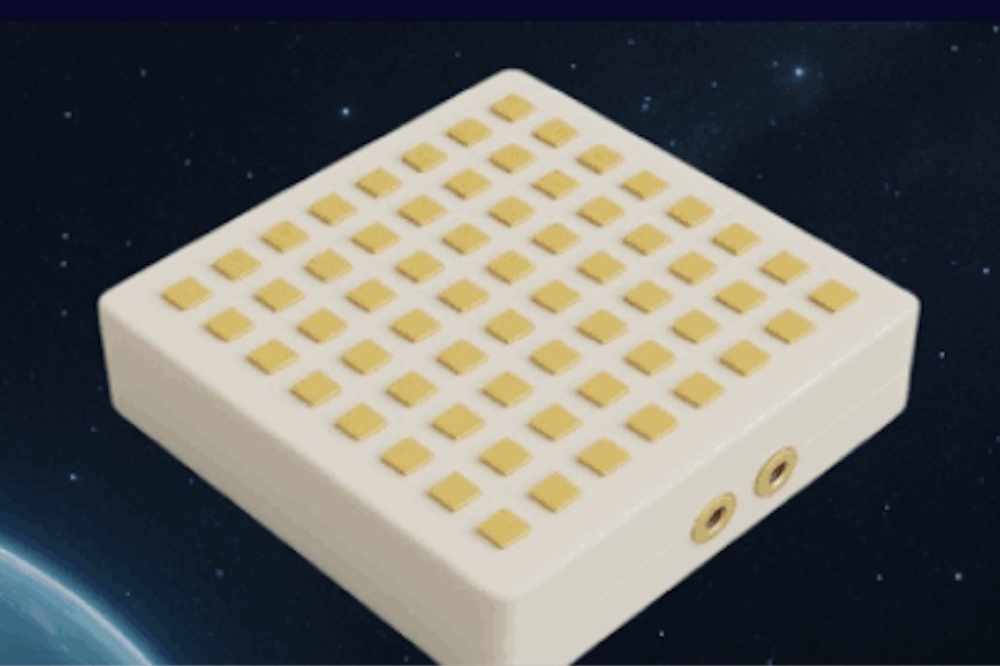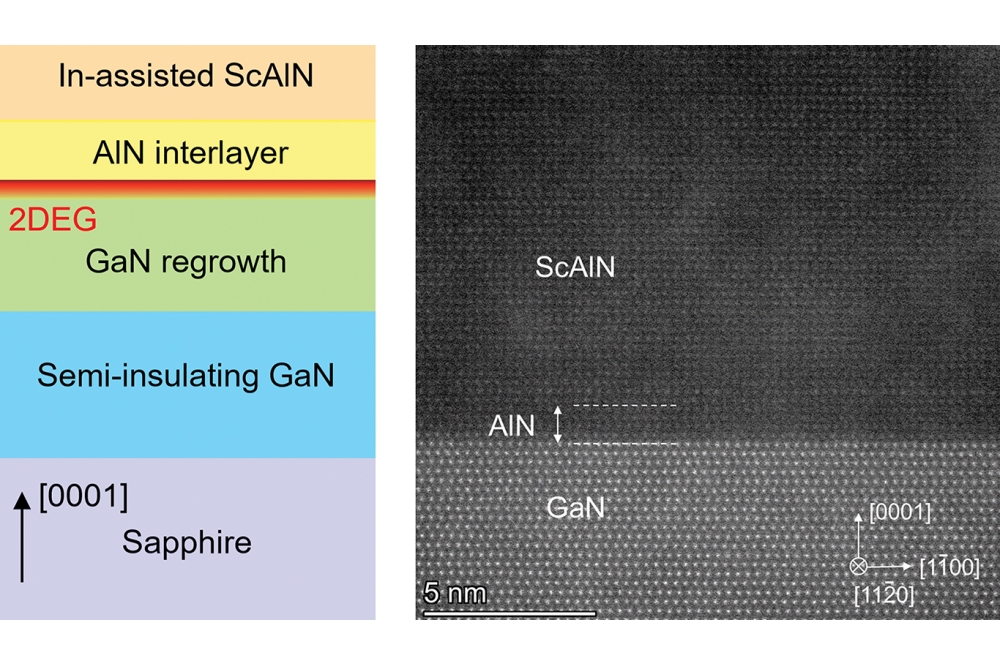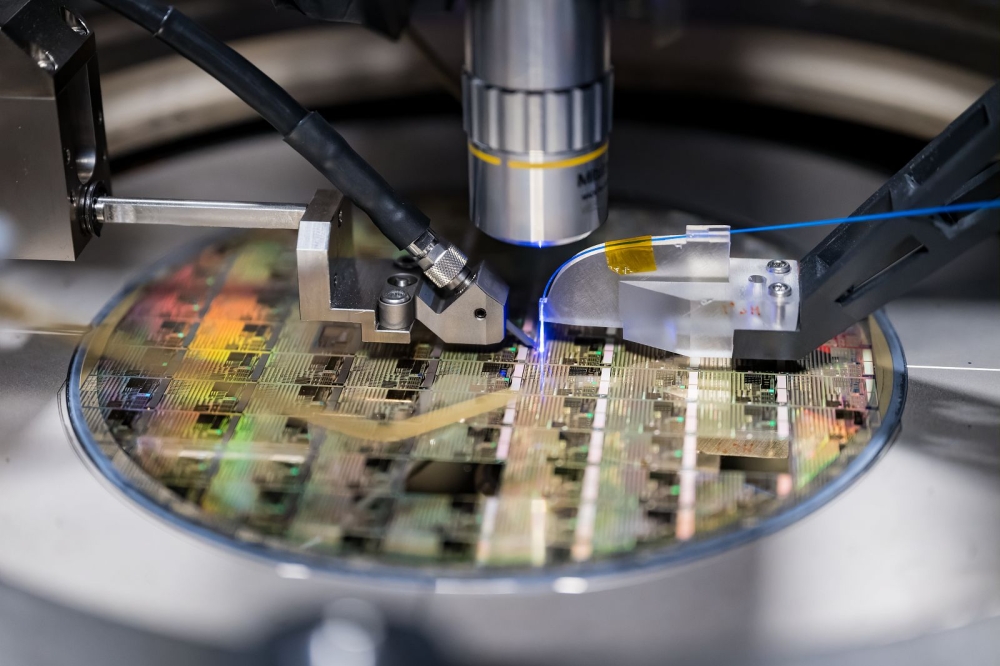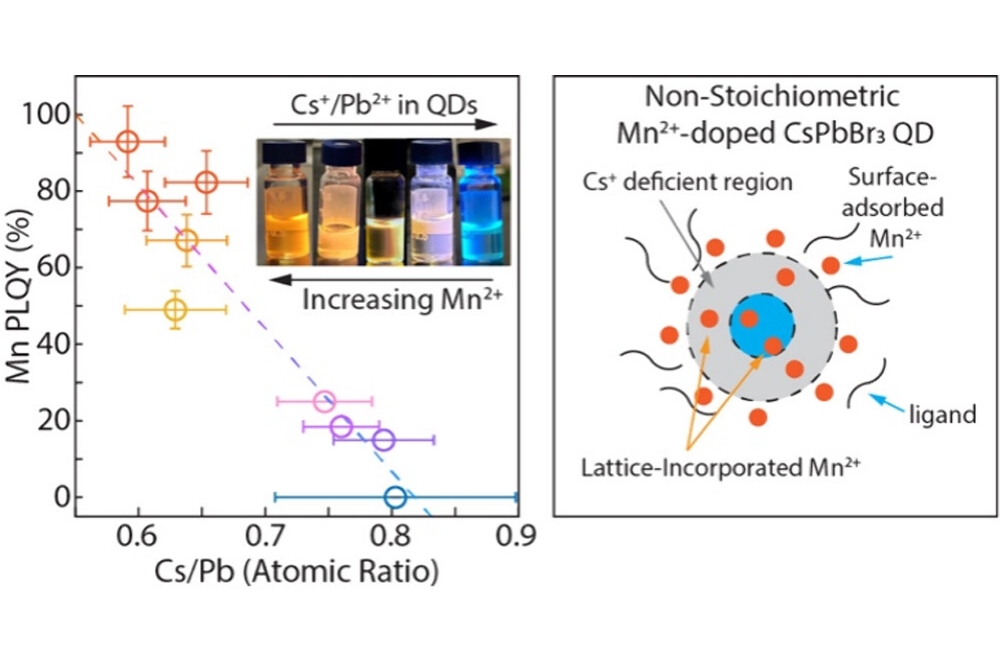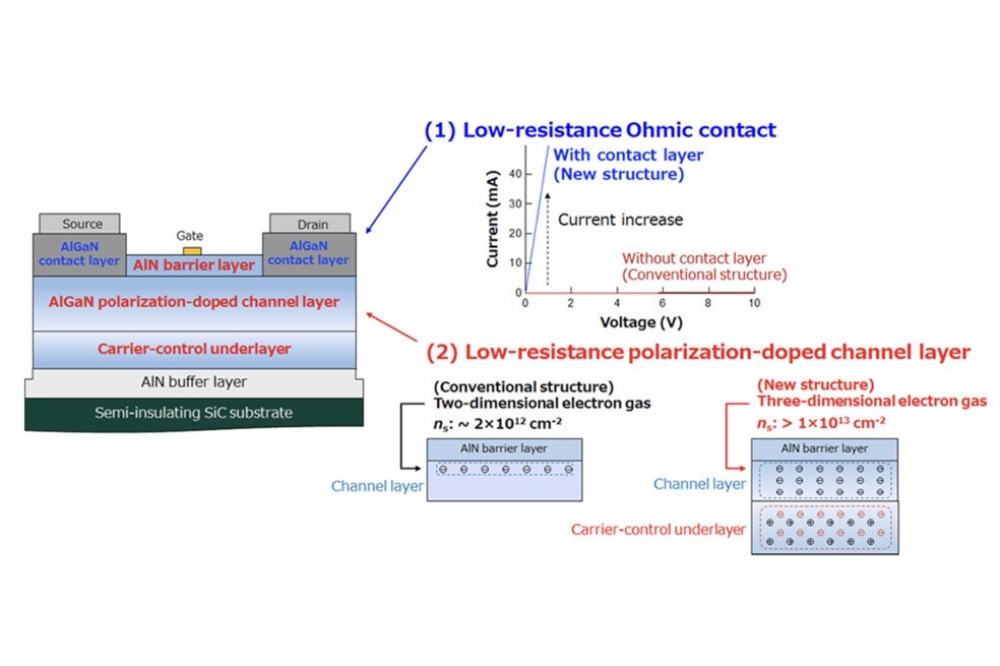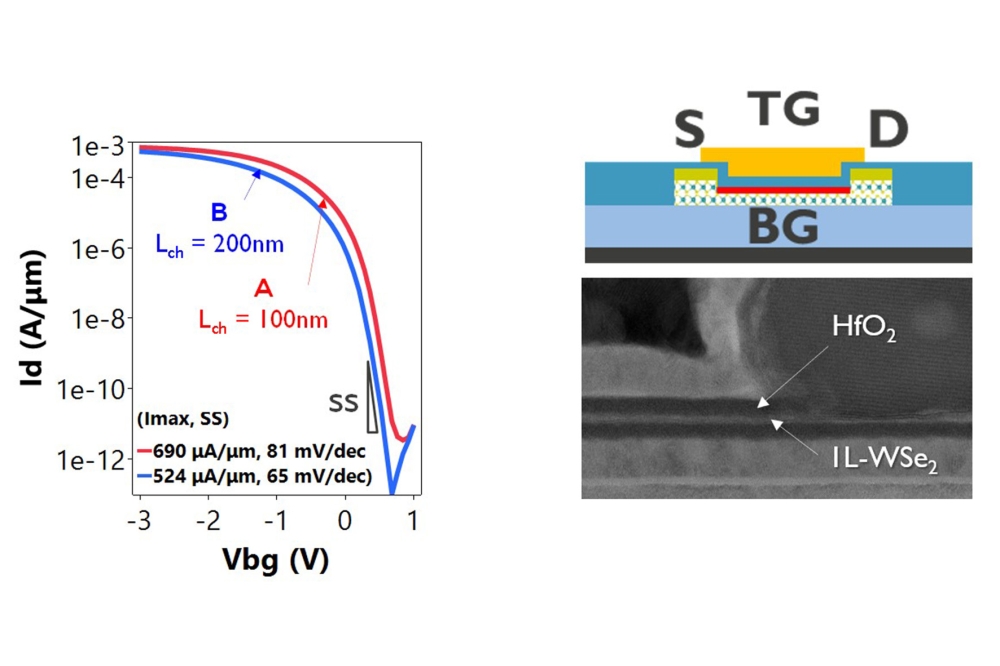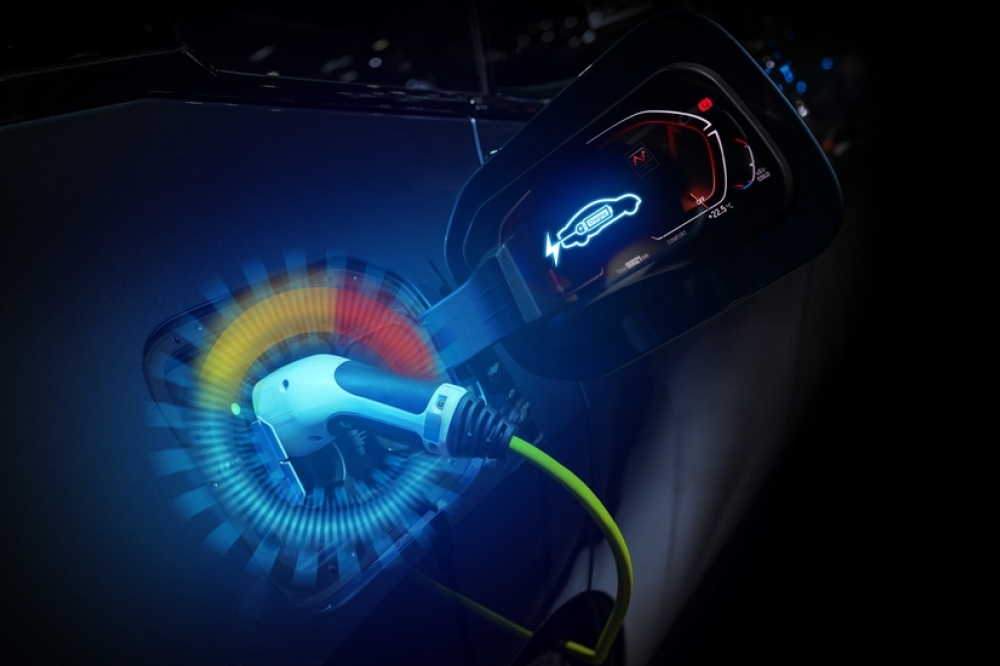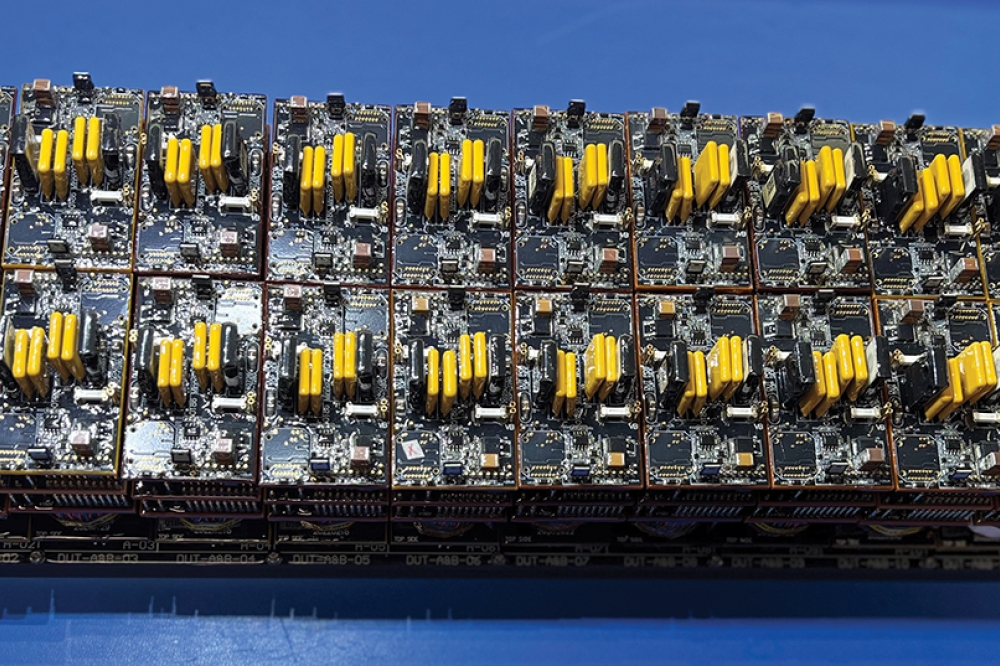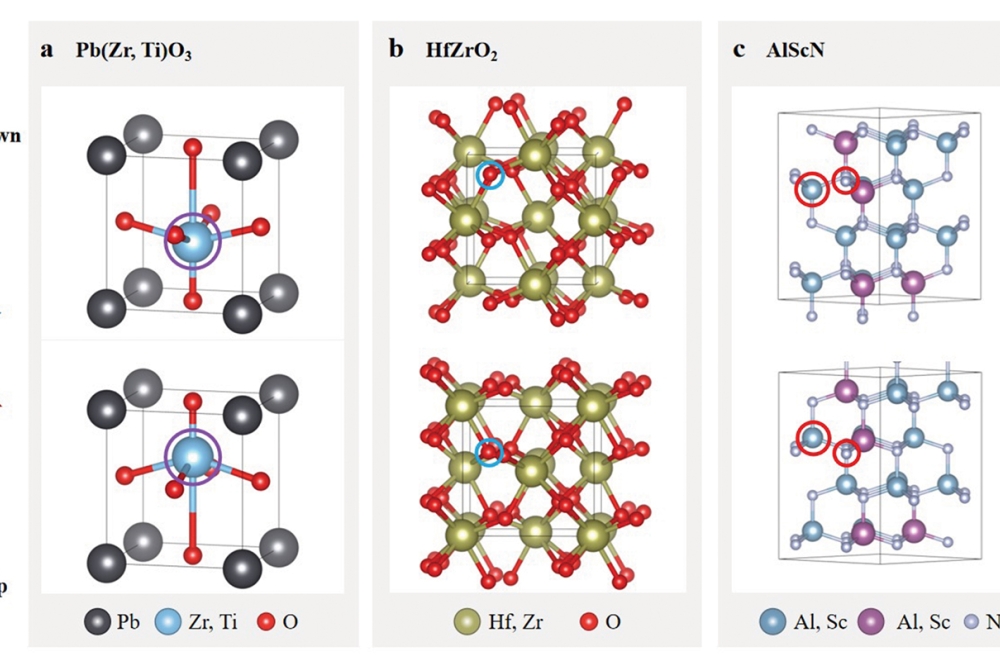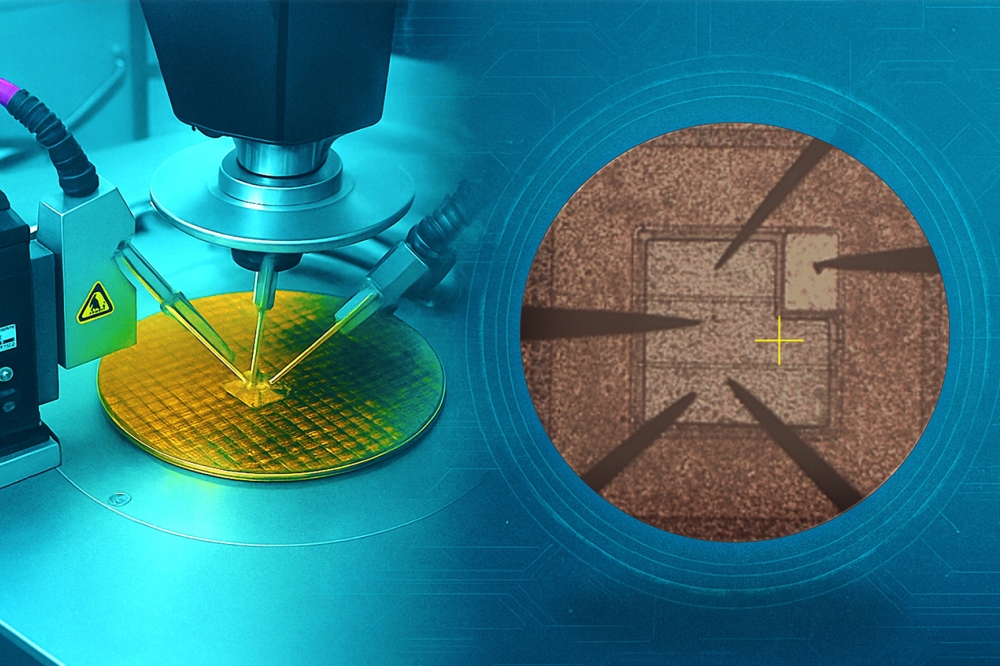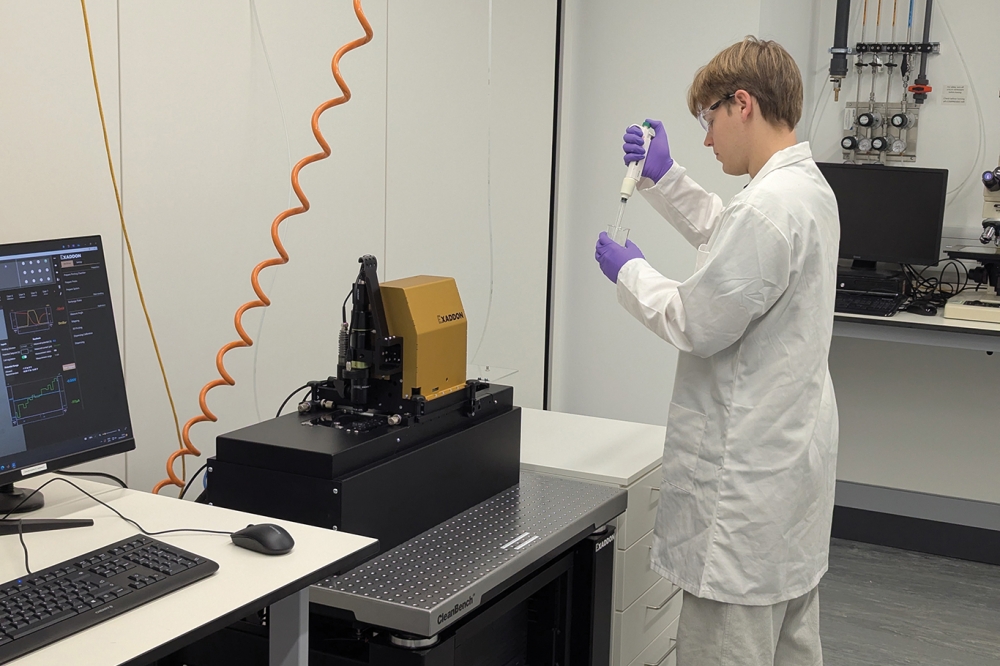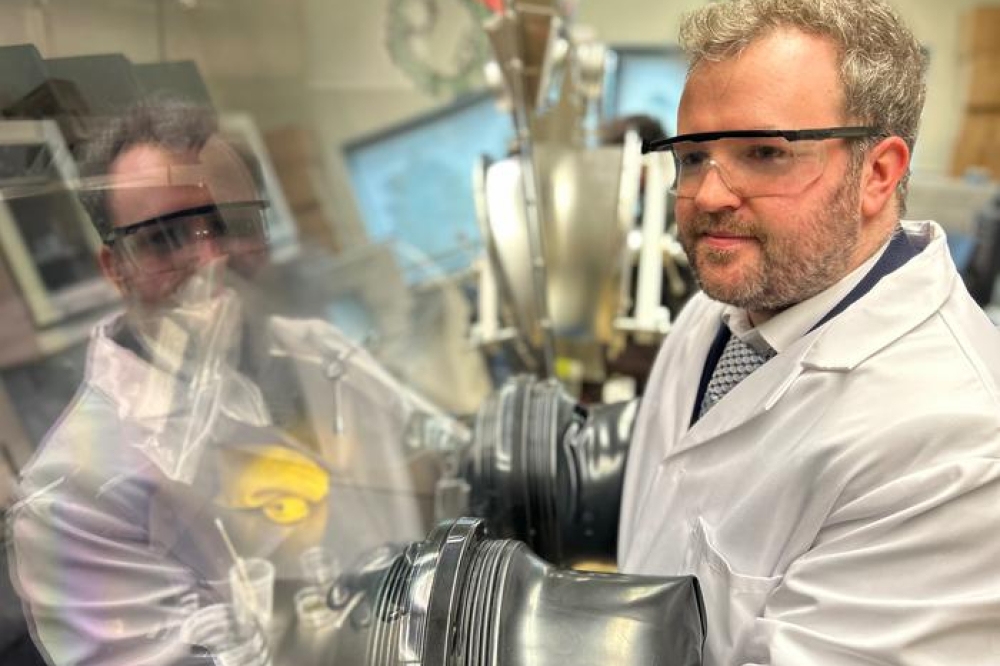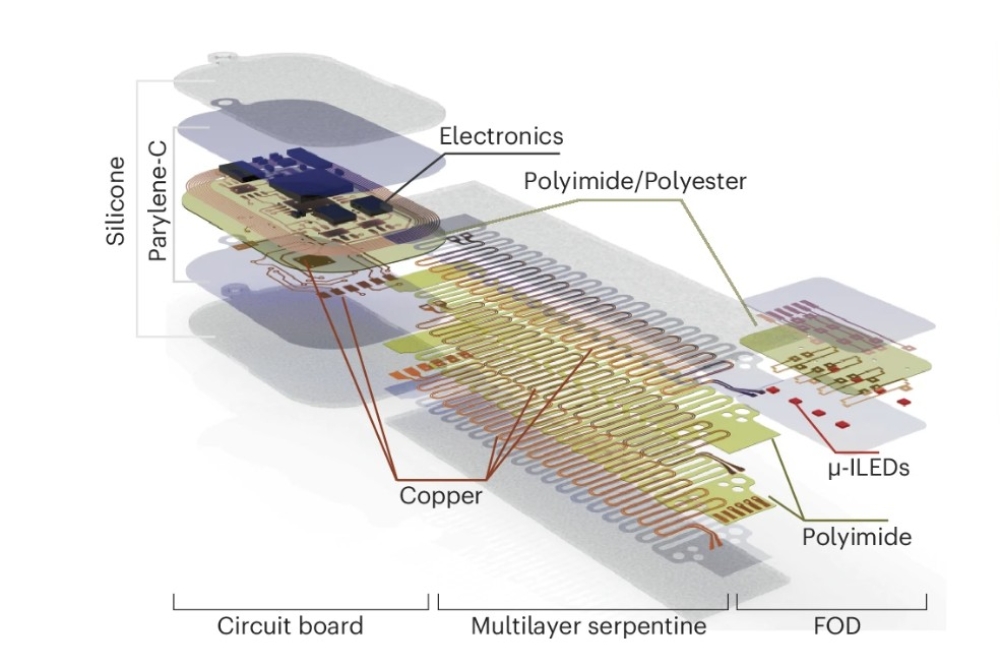Perovskite LED emits circularly polarised glow
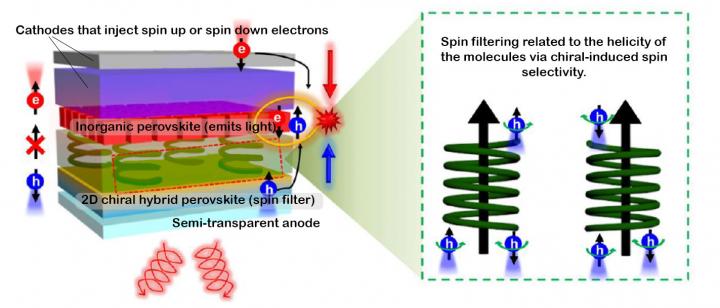
New type of LED uses spintronics without needing a magnetic field, magnetic materials or cryogenic temperatures
Scientists have developed a new type of LED that uses spintronics without needing a magnetic field, magnetic materials or cryogenic temperatures.
"The companies that make LEDs or TV and computer displays don't want to deal with magnetic fields and magnetic materials. It's heavy and expensive to do it," said Valy Vardeny, distinguished professor of physics and astronomy at the University of Utah.
"Here, chiral molecules are self-assembled into standing arrays, like soldiers, that actively spin polarise the injected electrons, which subsequently lead to circularly polarised light emission. With no magnetic field, expensive ferromagnets and with no need for extremely low temperatures. Those are no-nos for the industry."
Most opto-electronic devices, such as LEDs, only control charge and light and not the spin of the electrons. The electrons possess tiny magnetic fields that, like the Earth, have magnetic poles on opposite sides. Its spin may be viewed as the orientation of the poles and can be assigned binary information--an "up" spin is a "1," a "down" is a "0." In contrast, conventional electronics only transmit information through bursts of electrons along a conductive wire to convey messages in "1s" and "0s." Spintronic devices, however, could use both methods, promising to process exponentially more information than traditional electronics.
One barrier to commercial spintronics is setting the electron spin. Presently, one needs to produce a magnetic field to orient the electron spin direction. Researchers from the University of Utah and the National Renewable Energy Laboratory (NREL) developed technology that acts as an active spin filter made of two layers of material called chiral two-dimension metal-halide perovskites.
The first layer blocks electrons having spin in the wrong direction, a layer that the authors call a chiral-induced spin filter. Then when the remaining electrons pass through the second light-emitting perovskite layer, they cause the layer to produce photons that move in unison along a spiral path, rather than a conventional wave pattern, to produce circular polarised electroluminescence.
The study was published in the journal Science on March 12, 2021.
Left-handed, right-handed molecules
The scientists exploited a property called chirality that describes a particular type of geometry. Human hands are a classic example; the right and left hands are arranged as mirrors of one another, but they will never perfectly align, no matter the orientation. Some compounds, such as DNA, sugar and chiral metal-halide perovskites, have their atoms arranged in a chiral symmetry. A "left-handed" oriented chiral system may allow transport of electrons with "up" spins but block electrons with "down" spins, and vice versa.
"If you try to transport electrons through these compounds, then the electron spin becomes aligned with the chirality of the material," Vardeny said. Other spin filters do exist, but they either require some kind of magnetic field, or they can only manipulate electrons in a small area. "The beauty of the perovskite material that we used is that it's two-dimensional--you can prepare many planes of 1 cm2 area that contain one million of a billion (1015) standing molecules with the same chirality."
"We are exploring the fundamental properties of metal-halide perovskites, which has allowed us to discover new applications beyond photovoltaics," said Joseph Luther, a co-author of the new paper and NREL scientist. "Because metal-halide perovskites, and other related metal halide organic hybrids, are some of the most fascinating semiconductors, they exhibit a host of novel phenomena that can be used in transforming energy."
Although metal-halide perovskites are the first to prove the chiral-hybrid devices are feasible, they are not the only candidates for spin-LEDs. The general formula for the active spin filter is one layer of an organic, chiral material, another layer of an inorganic metal halide, such as lead iodine, another organic layer, inorganic layer and so on.
"That's beautiful. I'd love that someone will come out with another 2-D organic/inorganic layer material that may do a similar thing. At this stage, it's very general. I'm sure that with time, someone will find a different two-dimensional chiral material that will be even more efficient," Vardeny said.
The concept proves that using these two dimensional chiral-hybrid systems gain control over spin without magnets and has "broad implications for applications such as quantum-based optical computing, bioencoding and tomography," according to Matthew Beard, a senior research fellow and director of Center for Hybrid Organic Inorganic Semiconductors for Energy.

